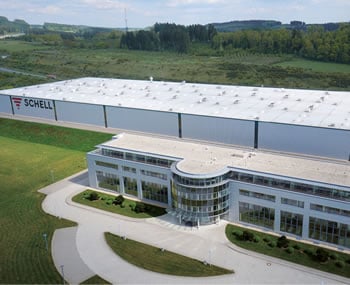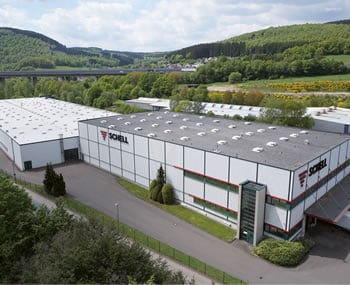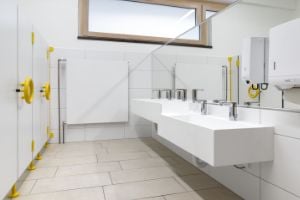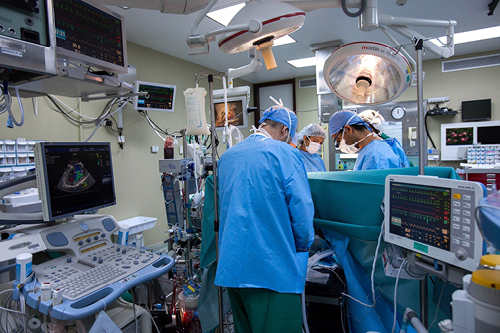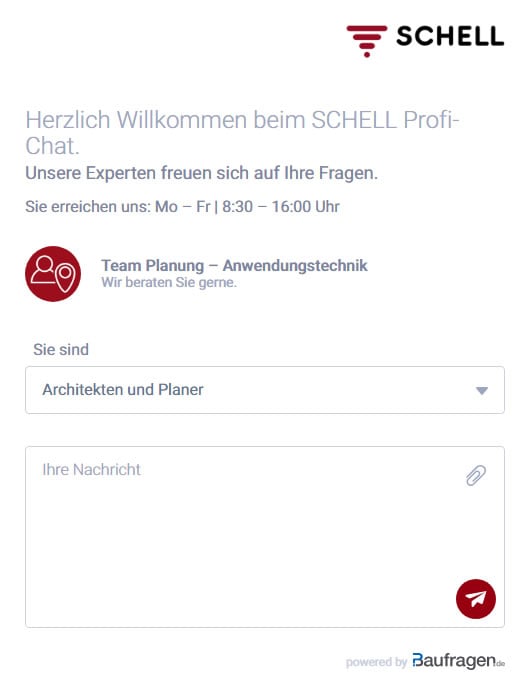New technical code DVGW W 551-4 (A) for Pseudomonas aeruginosa – what building managers now need to know
First, the good news: Pseudomonas aeruginosa does not typically pose a risk to healthy individuals. However, the bacterium is becoming increasingly significant in healthcare facilities and day nurseries. Yet this pathogen remains largely unknown to many of those in the sanitation industry. This is because testing is only needed in certain types of facility but not routinely as per German drinking water legislation. In March 2024, DVGW W 551-4 was published: the first code of practice for the industry on this bacterium, which summaries all of the key data points. This article discusses where and when testing for Pseudomonas is required, and when this kind of investigation is not appropriate or even mandatory.
Are cases of Pseudomonas aeruginosa becoming more common?
We seem to be hearing a lot about cases of Pseudomonas aeruginosa in buildings and care environments at the moment. But is this really an epidemic of cases or has the general public simply become more alert to such news stories? It’s difficult to say with any degree of certainty. What we do know for sure, however, is that more buildings are being tested for Pseudomonas aeruginosa for no particular reason, even though these buildings are not subject to mandatory testing.
Subject to mandatory inspections: Priority public facilities
- Hospitals and nursing facilities (nursing homes for the elderly, residential nursing homes)
- Ambulatory care clinics, dialysis centres, same-day clinics, birth centres, rehabilitation facilities
- Day nurseries
Buildings not subject to mandatory testing and exceptions
Buildings such as hotels and residential/office buildings do not need to be tested for Pseudomonas aeruginosa. This is because these types of buildings are classified as ‘non-priority’ or ‘other buildings’ by DVGW W 551-4. There is one exception, however: if a holiday home is being used primarily by people with cystic fibrosis, for example, then an analysis of the drinking water in this building may also be required, based on a risk assessment conducted by the local health authority. Groundless testing of such a building can have expensive consequences, however. Whether or not a building is actually subject to mandatory testing, the detection of this potential pathogen in the building’s drinking water automatically sets the ball rolling: steps must be taken to eradicate the pathogen and a positive test must be reported to the health authority on commissioning (although not before).
A positive test: what now?
The different testing requirements for Legionella and Pseudomonas aeruginosa in drinking water are also mirrored by major differences in the evaluation of the actual test results.
As is generally known, the technical value at which action is required on Legionella is fewer than 100 CFU/100 ml. In comparison, the limit for Pseudomonas aeruginosa is considerably lower: it is set at fewer than 1 CFU in 100 ml of water and applies to all buildings in which Pseudomonas aeruginosa is detected.
As a general rule, a positive test result requires the root cause to be determined, followed by remediation. Immediate decisions about protective measures such as sterile filters only then need to be made in healthcare facilities and day nurseries, however. In non-priority and other buildings, protective measures are generally required only at concentrations of 10 CFU/100 ml and above. However, a final decision is taken by the health authority, based on a risk assessment. This takes into account the presence of a high-risk user group, for example. Accordingly, sterile filters are more the exception than the rule in these facilities – and even then, often only in a few high-risk areas, such as where drinking water can become atomised, for example.
In addition, values up to 10 CFU/100 ml can be tolerated in these non-priority and other facilities for a maximum of 3 months. That means that these drinking water installations can be commissioned as long as specified normal operation is secured.
Part 2 of our blog post on the topic of Pseudomonas aeruginosa addresses ways in which a case of contamination with the bacterium can be avoided, and some key points to note when carrying out the microbiological remediation of a drinking water installation.

![[Translate to English:] [Translate to English:]](/fileadmin/_processed_/1/b/csm_symstemloesungen_e2_thumb_6bca267f26.jpg)
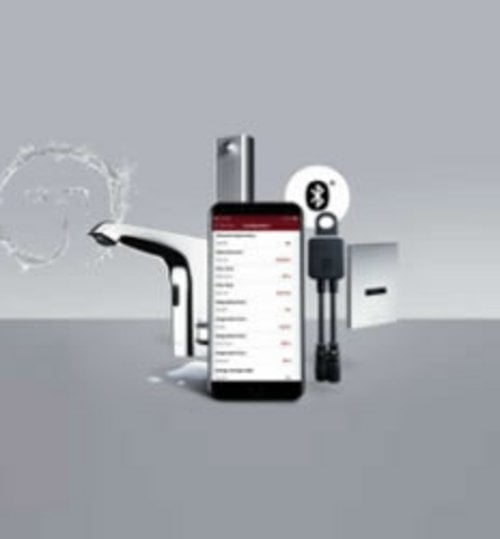
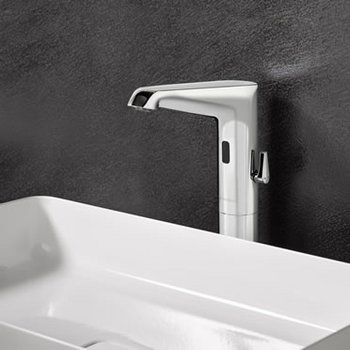
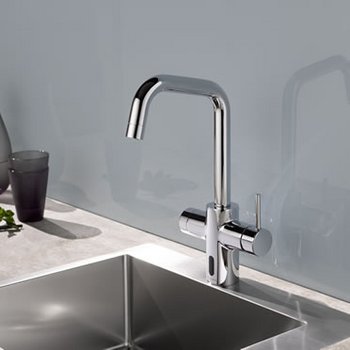
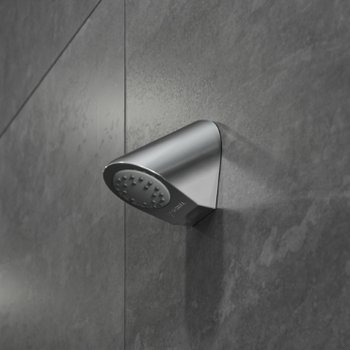
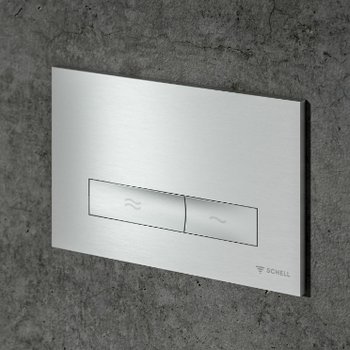
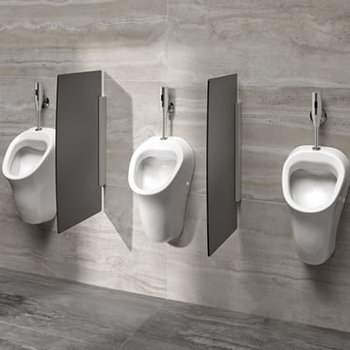
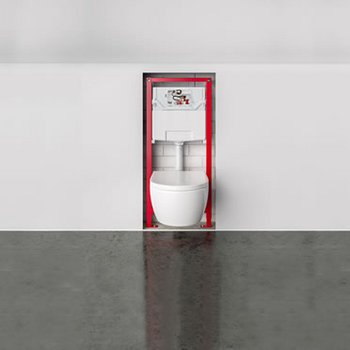
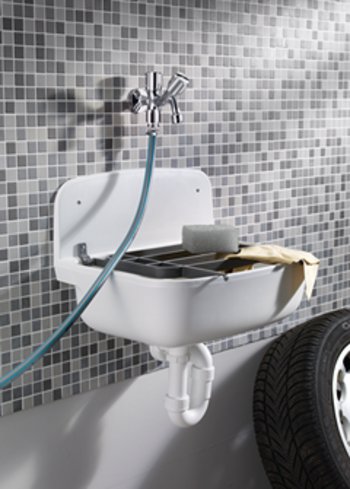
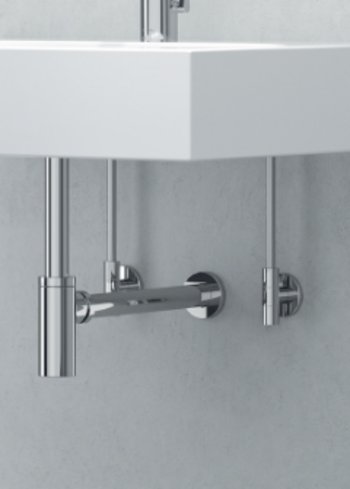
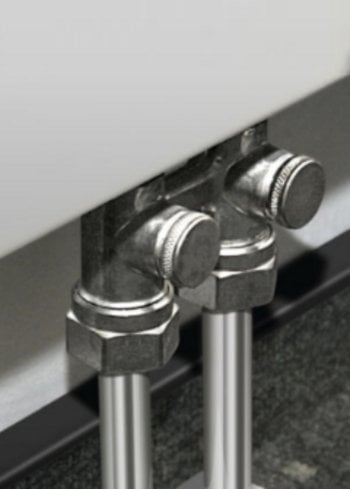
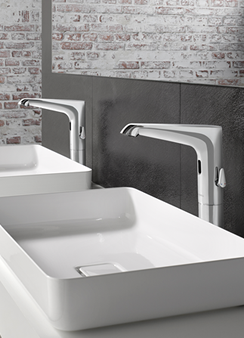
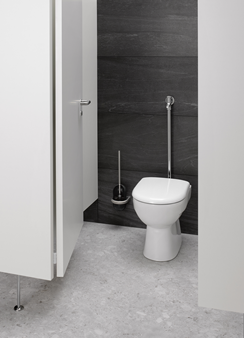
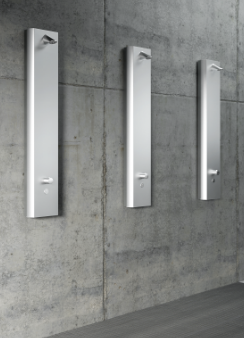

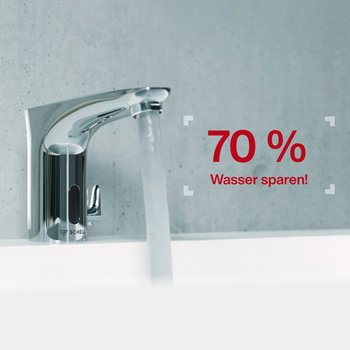
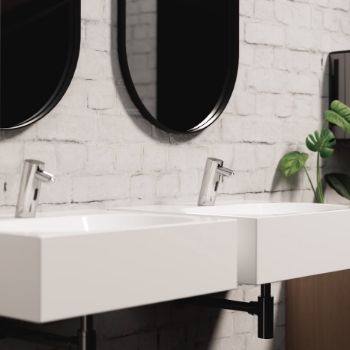

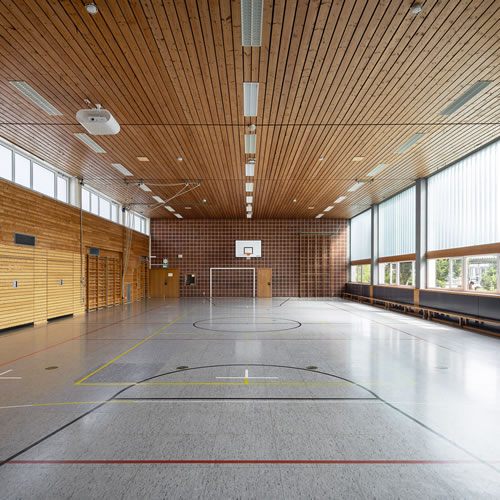
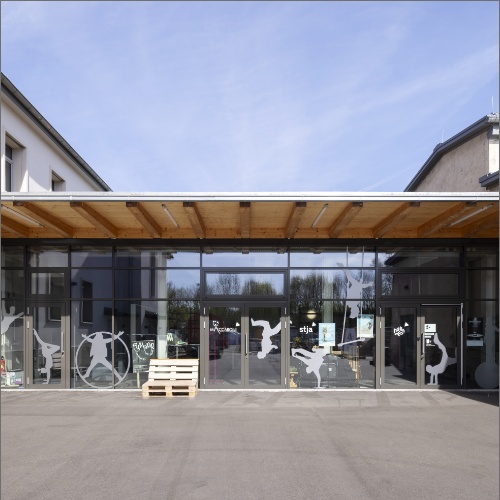




![[Translate to English:] [Translate to English:]](/fileadmin/user_upload/images/menu/menu_service_downloads_broschueren.jpg)
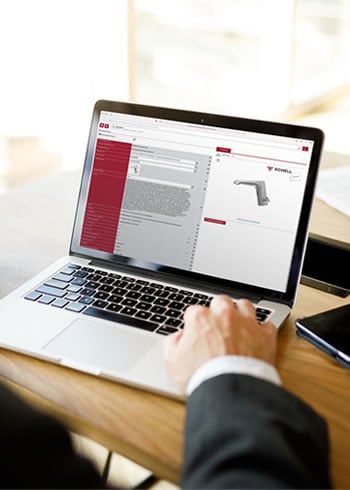
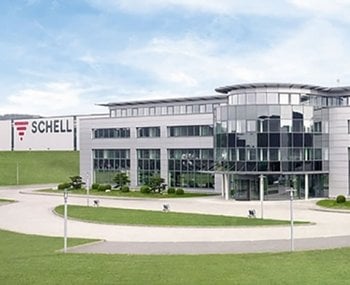


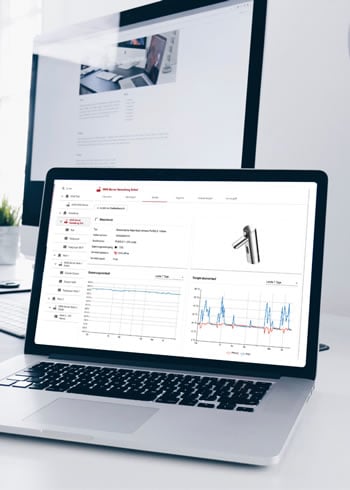

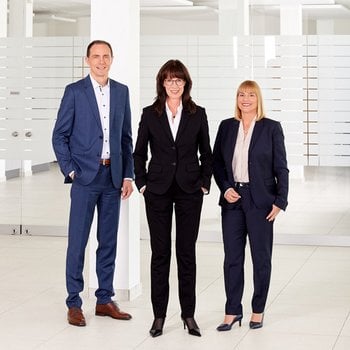
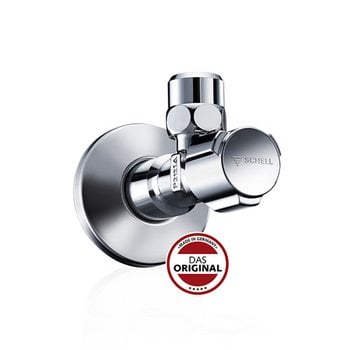
![[Translate to English:] [Translate to English:]](/fileadmin/_processed_/7/7/csm_menu_unternehmen_ueber-schell_awards_f6cec25b1d.jpg)
![[Translate to English:] [Translate to English:]](/fileadmin/_processed_/a/0/csm_menu_unternehmen_ueber-schell_wasser-sparen_41036d2dd9.jpg)


